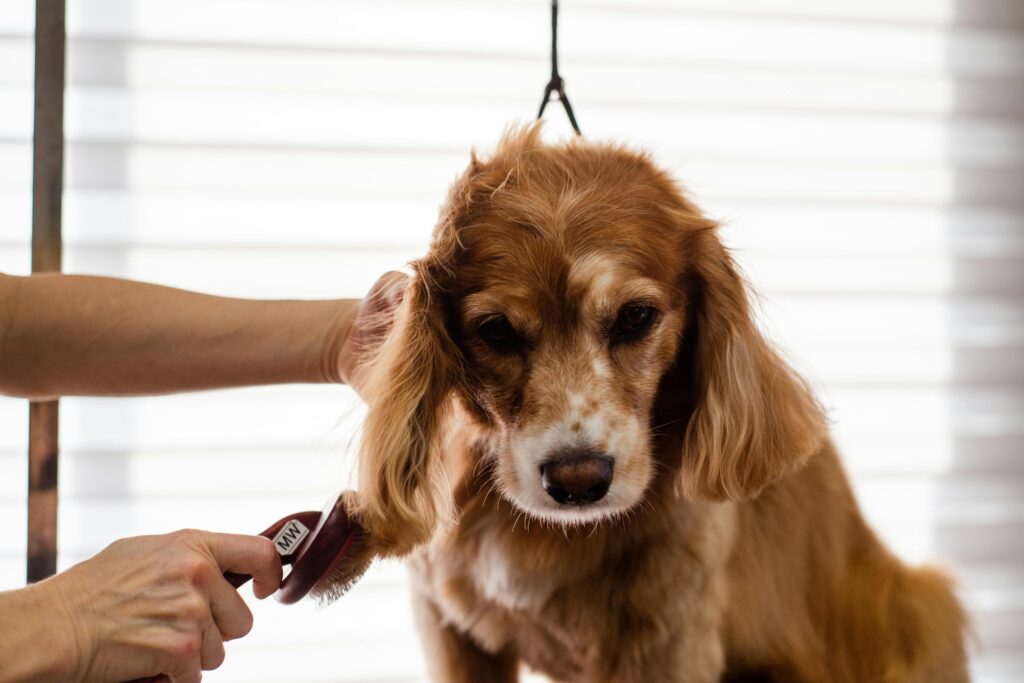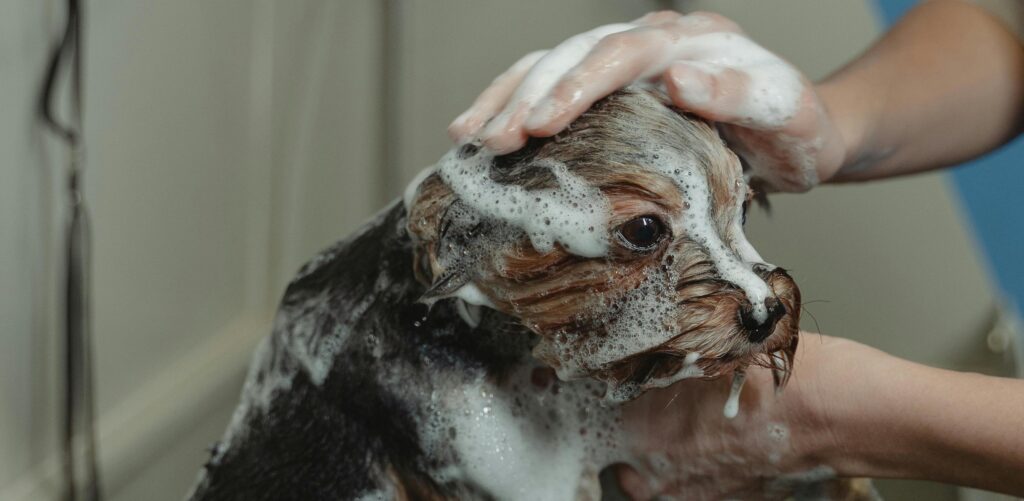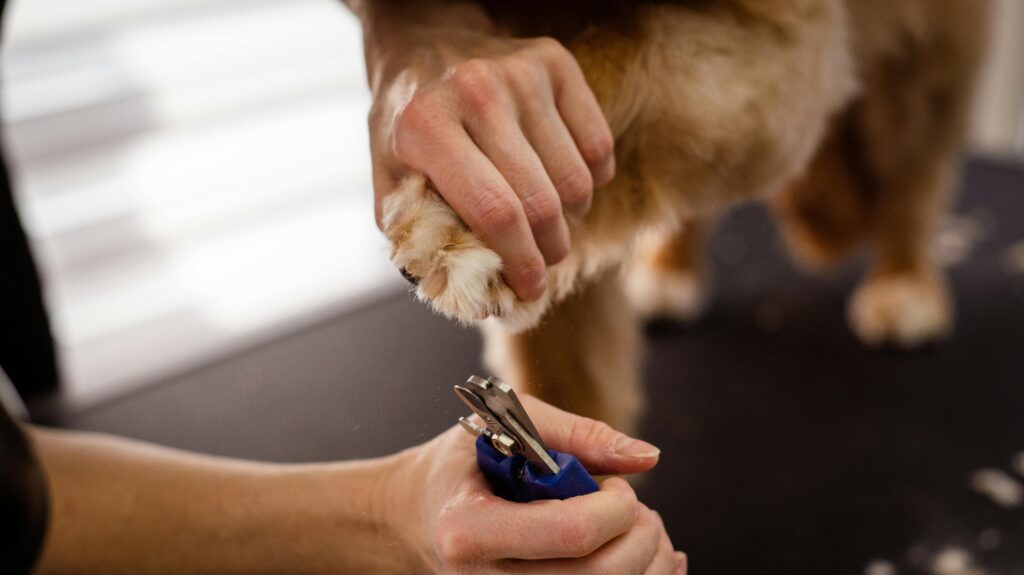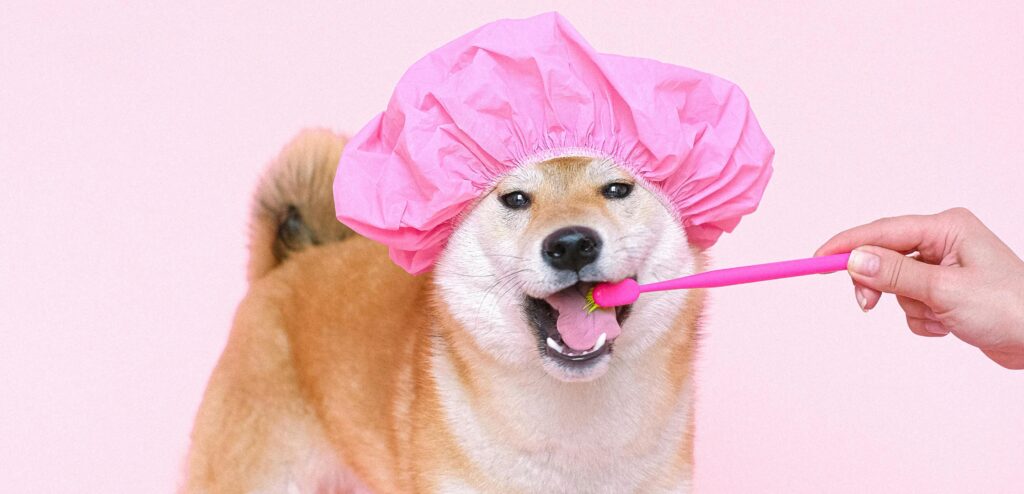
Caring for your four-legged friend involves more than just feeding them well and giving them lots of love. Grooming is an essential part of dog care, from maintaining their coat, nails, to taking care of their teeth. Not only does it keep your pup looking sharp, but it also helps ensure their health and well-being. Let's dive into the world of dog grooming from A to Z.
List
Understanding the Importance of Dog Grooming
Grooming your dog might seem like a little extra pampering they could probably live without. However, it's much more than a mere beauty regimen. Regular grooming is a crucial part of your pup's health care routine, with benefits extending far beyond a shiny coat and a fresh scent.
Imagine grooming as a health check in disguise. While you might think it's all about maintaining their outward appearance, it's also your opportunity to inspect your dog for any signs of potential health issues. Skin allergies, infections, and discomfort can often be detected and nipped in the bud during regular grooming sessions. What might look like a speck of dirt could be a flea or tick, and a simple grooming session can reveal this.
Similarly, a small dry patch could be an early sign of a skin infection. When you are accustomed to grooming your dog regularly, you'll be able to notice these subtle changes and seek veterinary attention when needed.
Also, grooming isn't just good for your dog's physical health; it's a boon for their mental well-being too. When you take the time to groom your dog, you're also nurturing a bond between you two. This makes your furry friend more comfortable when being handled, and it's a great way to show them you care.
So the next time you pick up that brush or nail clipper, remember, you're not just making your dog look good, you're playing a vital role in maintaining their overall health and happiness. Dog grooming is not about vanity; it's about vitality.
Mastering the Art of Coat Grooming
Looking like a showstopper doesn't come easy even for our furry friends. It's a careful process that involves consistent coat grooming, which is more than just making your dog look picture perfect. It's about maintaining their health and comfort.
Coat grooming isn't a one-size-fits-all approach. The frequency and intensity will greatly depend on your furry friend's breed, size, coat length, and even their lifestyle. For instance, if your pup is an active outdoorsy type, they might need a more frequent grooming schedule compared to their less active counterparts.
Brushing is a fundamental aspect of coat grooming. While some dogs may need a daily brushing ritual to avoid matting and tangles, others may be okay with a once-a-week regimen. Getting familiar with your dog's coat type will help you determine the perfect brush and grooming frequency.
Bathing your dog is another essential part of coat grooming. However, it's a myth that dogs need to be bathed frequently. Over-bathing can strip away the natural oils in your dog's skin, leading to dryness and irritation. Generally, most dogs only need a bath every four to eight weeks, but again, it depends on your dog's specific needs.

Remember, grooming is also a chance for you to look for signs of potential health issues. While you're brushing or bathing your pooch, take the opportunity to inspect their skin. Look out for fleas, ticks, dry patches, or any other abnormalities that might need veterinary attention.
Grooming sessions are also an opportunity for bonding. When you brush or bathe your dog, it's not just about getting them clean or untangling their fur. It's about spending quality time together, building trust, and strengthening your connection. Your gentle touch and calming voice can transform a simple grooming session into a relaxing spa experience for your furry friend. So, don't rush through the process. Take your time and make each session enjoyable for both of you.
In a nutshell, mastering the art of coat grooming is a mix of understanding your dog's specific needs and making each grooming session a memorable one. With patience and consistent practice, you'll become a pro at keeping your dog's coat healthy, shiny, and looking its best.
How to Maintain Healthy Dog Nails
Nails - an often overlooked yet vital aspect of your dog's grooming routine. They may be small, but they carry significant importance for your furry friend's overall health and comfort. If neglected, overgrown nails can cause your pup a lot of discomforts and might even affect their ability to walk. So let's unravel the mystery of maintaining healthy dog nails.
Firstly, let's clear up a common misconception: dog's nails aren't like human nails. They are curved and can grow back into the pad if left untrimmed, causing painful injuries. Ideally, your dog's nails should just touch the ground when they walk. If you're hearing a click-clack sound every time they trot around, it's time to get the nail clipper out.
When it comes to the frequency of trimming, there's no hard and fast rule. Some dogs may require monthly trims, while others might only need a trim every two months or so. This can depend on numerous factors such as the breed of the dog, their lifestyle, and the type of surfaces they regularly walk on. It's always a good idea to check their nails regularly and trim as needed.

Now, onto the act of trimming itself. Some dog owners might feel a sense of trepidation about this, and it's understandable. Trimming your dog's nails can be a bit tricky, especially if you're a first-timer. The trick is to make slow, deliberate cuts while avoiding the quick, a sensitive vein that runs into each nail. Accidentally cutting into this can cause pain and bleeding. It's more visible in light-colored nails but can be harder to spot in darker nails. When in doubt, it's best to trim a little at a time or seek professional help.
Let's not forget, trimming isn't the only way to maintain healthy dog nails. Regular walks on concrete or asphalt can naturally wear down your pup's nails, making them less likely to overgrow.
Just like with other grooming tasks, make sure nail trimming sessions are calm and positive experiences for your dog. Use treats, toys, and plenty of praise to keep your furry friend comfortable and cooperative. Remember, patience is key. You're not just trimming nails; you're helping ensure your four-legged friend stays happy, healthy, and on their feet with ease.
In the end, nail care might seem daunting, but with a little practice, you'll become a pro. Keeping those nails trimmed and tidy isn't just a grooming task; it's an act of love that contributes to your dog's overall well-being.
Importance of Dental Care in Dogs
Багато власників домашніх тварин схильні недооцінювати важливість догляду за зубами, вважаючи це менш важливим. Однак занедбання гігієни порожнини рота вашої собаки може призвести до серйозних проблем із здоров’ям, таких як захворювання ясен та втрата зубів, і повірте, ви не хочете йти цим шляхом. Ось чому догляд за зубами є абсолютно необхідним для вашого пухнастого друга.
When it comes to your dog's teeth, plaque and tartar are the arch enemies. They start off as a thin film on the teeth, but over time, they harden into a stubborn crust that can only be removed by a vet. Regular brushing can keep plaque and tartar at bay, ensuring your pup's pearly whites stay healthy and strong.
Remember, dogs can't use human toothpaste, so get your paws on a dog-specific toothpaste instead. These are formulated with dog-friendly ingredients, and unlike human toothpaste, they are safe to swallow. Some even come in delicious flavors like chicken or beef that your pup is sure to enjoy!
Also, consider investing in a dog toothbrush that's the right size for your pup's mouth. While it's possible to brush your dog's teeth with a regular toothbrush, dog toothbrushes are typically angled and soft-bristled, making them easier to maneuver in a dog's mouth.
Now, if your dog gives you the side-eye at the sight of a toothbrush, don't panic. Introducing dental care to your furry friend can take some time and patience. Start slowly, allowing them to get used to the taste of the toothpaste and the sensation of the brush. With time, your pup will learn to associate toothbrushing with positive experiences, and who knows, they might even start looking forward to it!

Apart from regular brushing, you can also support your dog's dental health through chew toys and dental treats designed to clean teeth and freshen breath. However, these are no replacement for brushing but can complement your dental care routine.
Don't forget, just like us humans, dogs can also benefit from professional dental cleanings. Regular check-ups with your vet will help detect any early signs of dental issues and nip them in the bud.
So, let's brush off any misconceptions that dental care for dogs is unnecessary. It's a key aspect of grooming that goes a long way in keeping your furry friend healthy and happy. After all, a smile is a dog's best accessory, so let's keep it shining bright!
Incorporating Grooming into Routine Care
Entering the world of dog grooming may feel like stepping into an overwhelming maze. Yet, fear not! With a structured approach, it can easily become a manageable, even enjoyable, part of your routine pet care. The key lies in consistency and creating a nurturing environment for your pup.
The first step to easing into regular grooming is by establishing a schedule. This doesn't need to be overly rigorous, but it should be consistent enough for your dog to get used to the routine. Remember, each dog has unique grooming needs. For instance, a long-haired breed may need daily brushing, while a short-haired one might be fine with a weekly session. Likewise, bathing and nail trims can vary based on lifestyle and breed. Tailor the schedule to your pup's specific needs to ensure optimal care.
A pro tip is to coincide your grooming sessions with your dog's regular daily routine. This could be post-walk grooming sessions or weekend brushing marathons. Find a routine that seamlessly fits into your lifestyle, causing minimal disruption.

Of course, the key to successful grooming lies not just in the frequency, but in the atmosphere you create. As you embark on your grooming journey, aim to cultivate a calm, positive environment that your pup can look forward to. Approach each session with patience, understanding, and lots of love. Your pup may initially resist grooming, but with your gentle approach, they will soon begin associating grooming with pleasant experiences.
Treats, toys, and plenty of praises can turn a grooming session from a dreaded task into an exciting adventure. Be mindful to praise your pup during and after each session. This will help reinforce their positive behavior and make the next session easier.
In conclusion, incorporating grooming into routine care doesn't need to be a Herculean task. With a consistent schedule, patient approach, and a bucket load of love, you'll soon find grooming to be a rewarding part of pet parenthood. After all, grooming isn't just about the end product; it's about the journey of care and companionship you embark on with your furry friend.